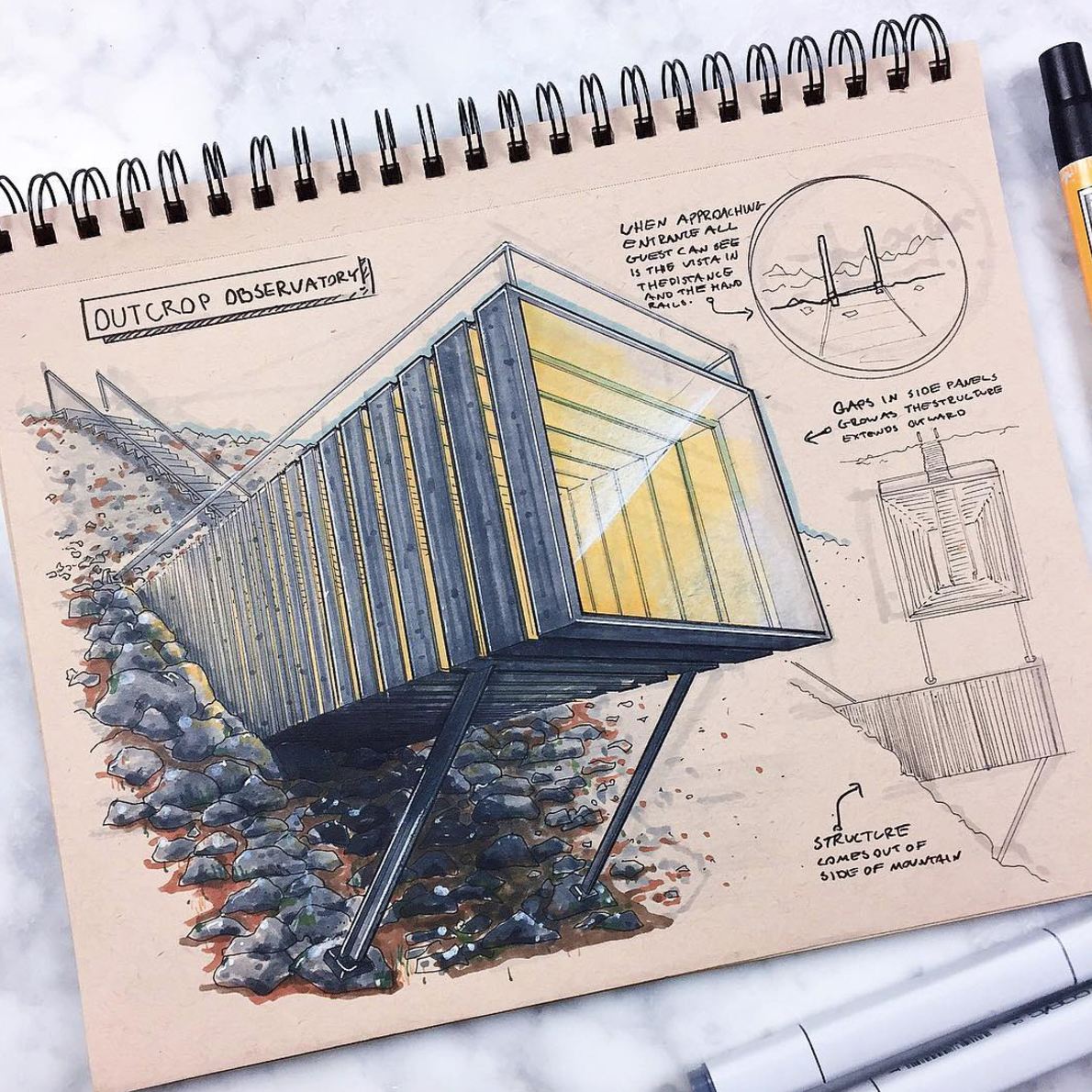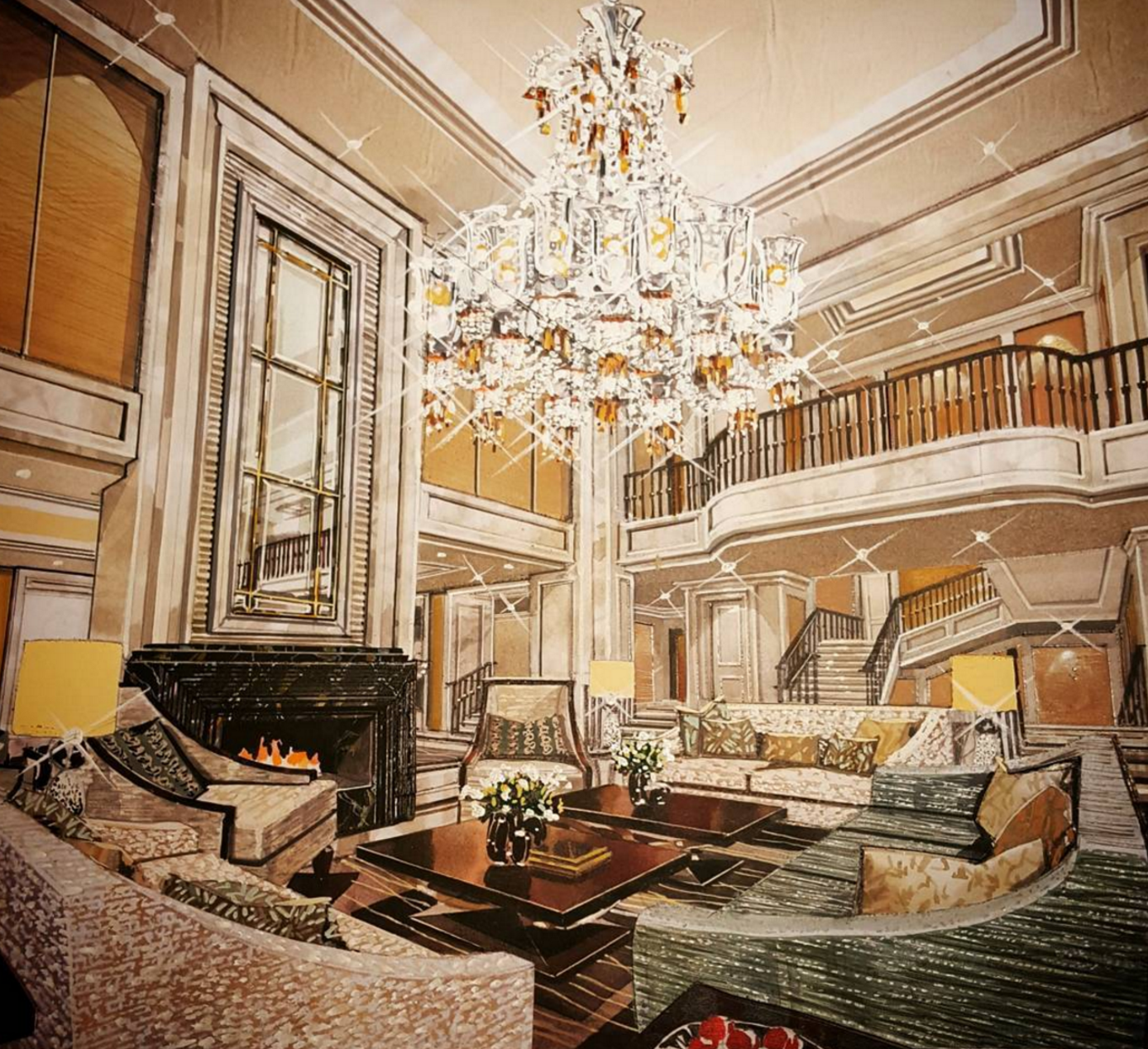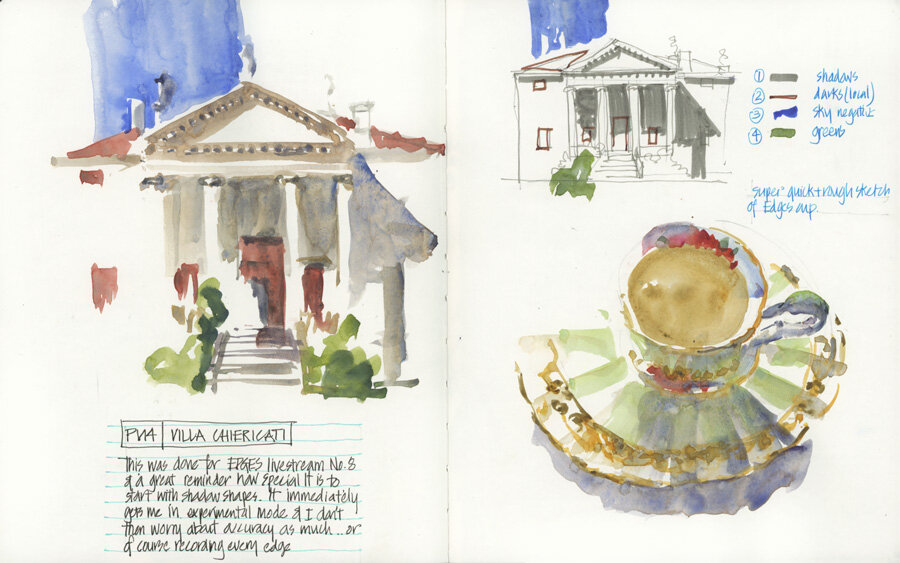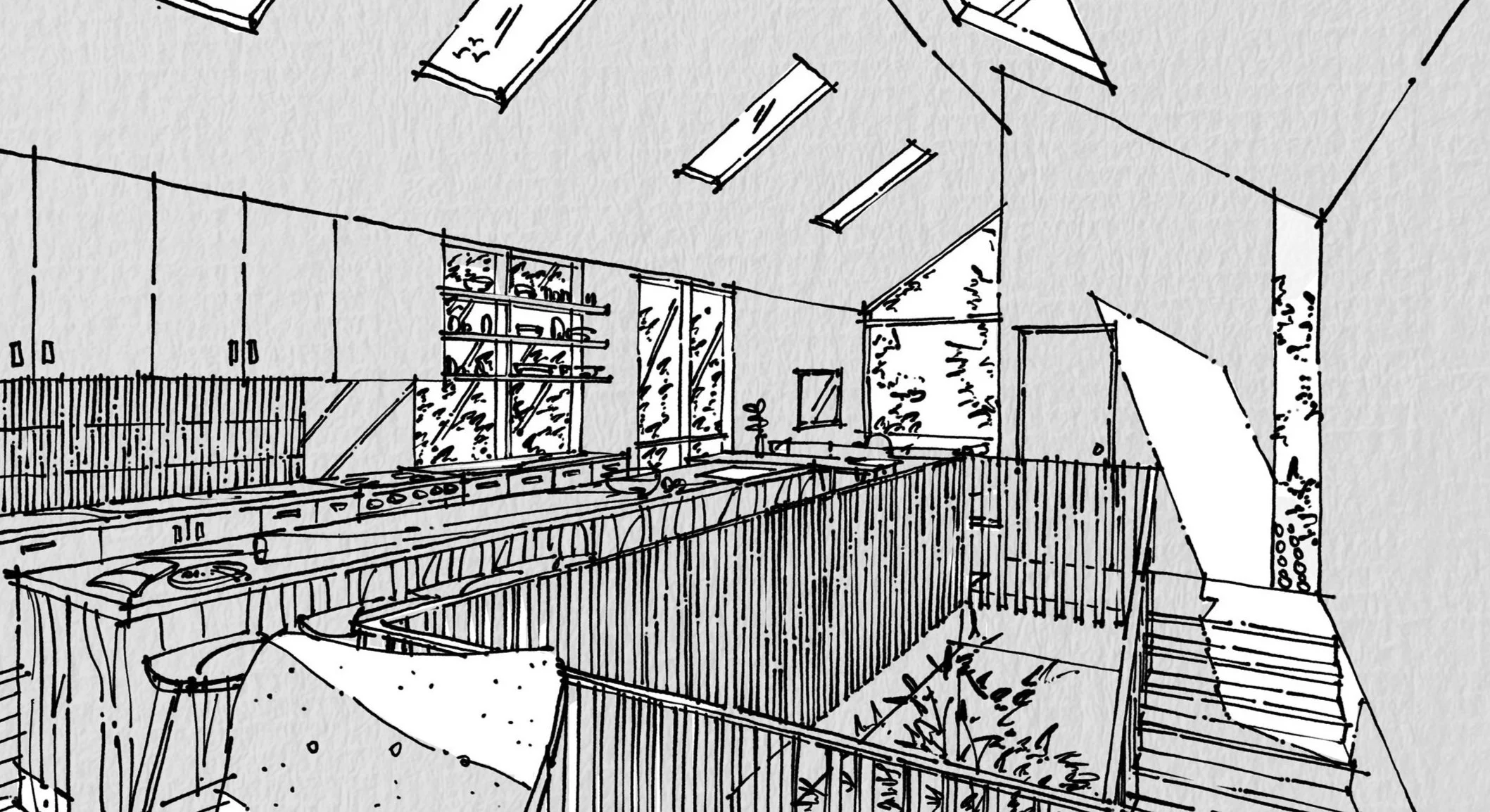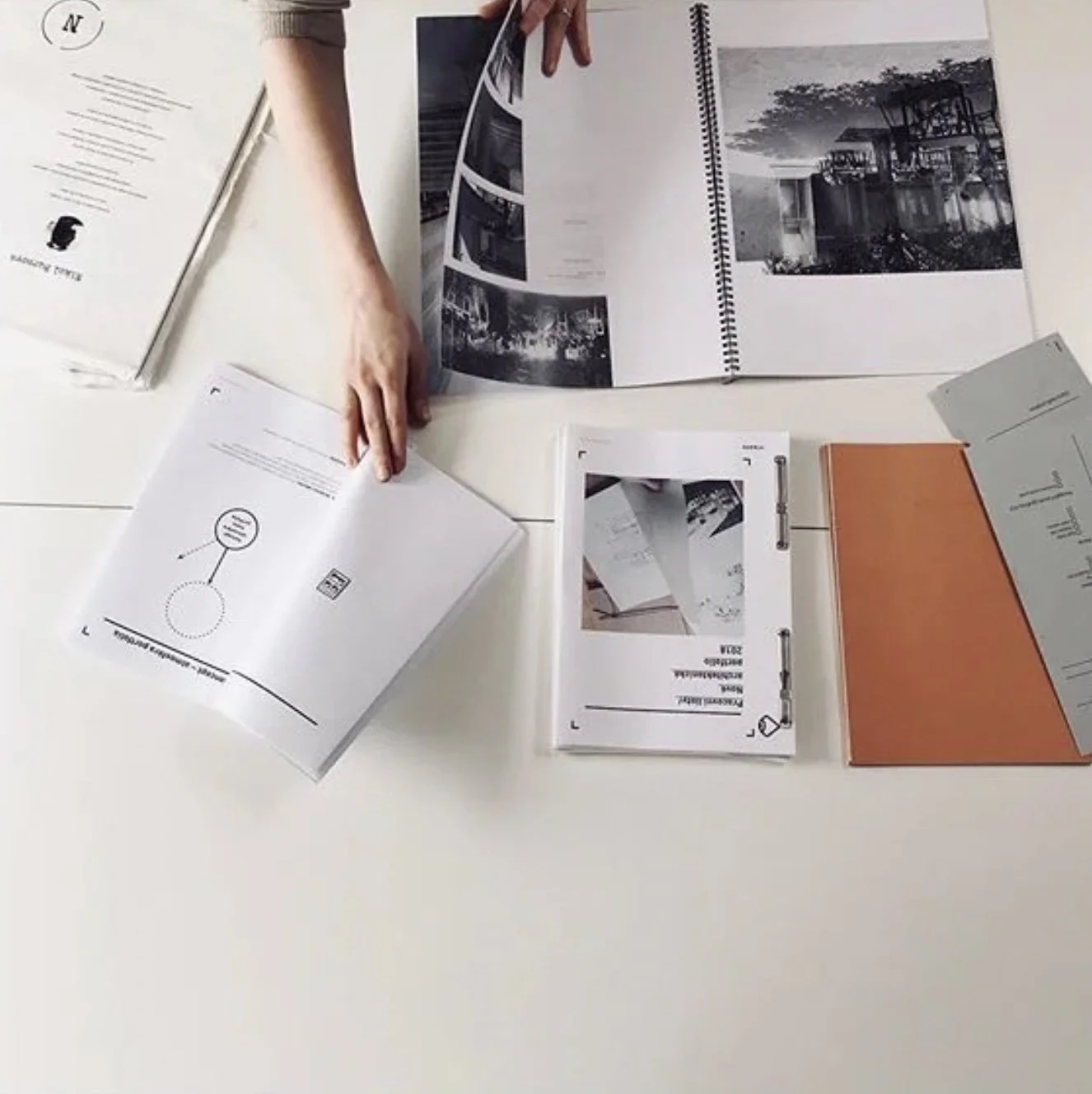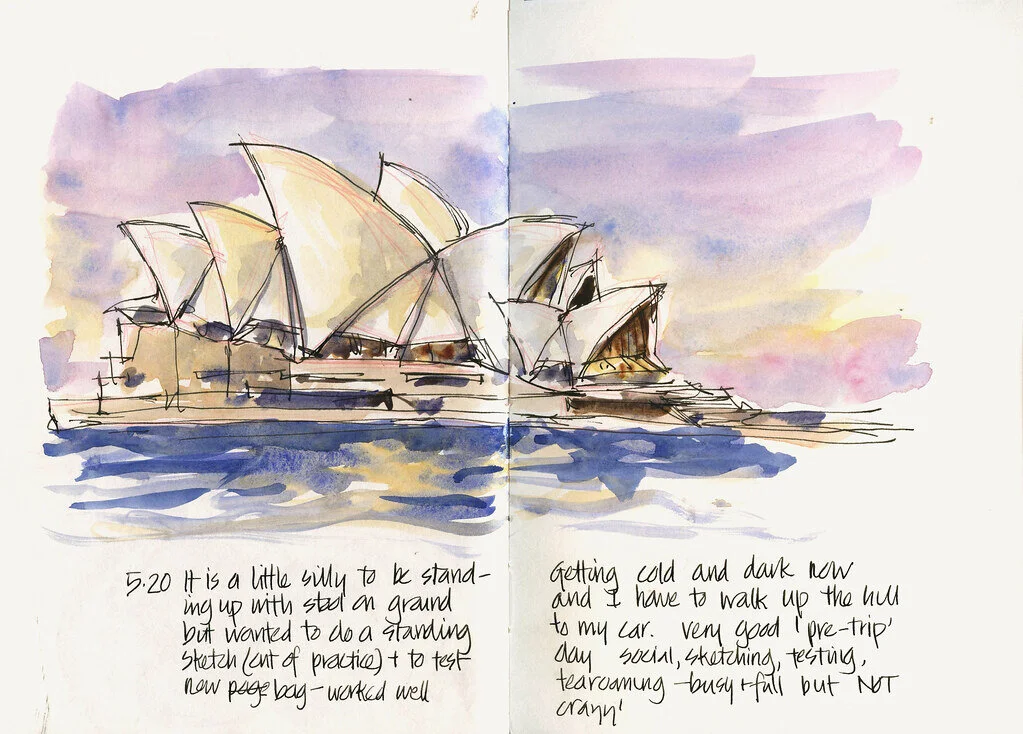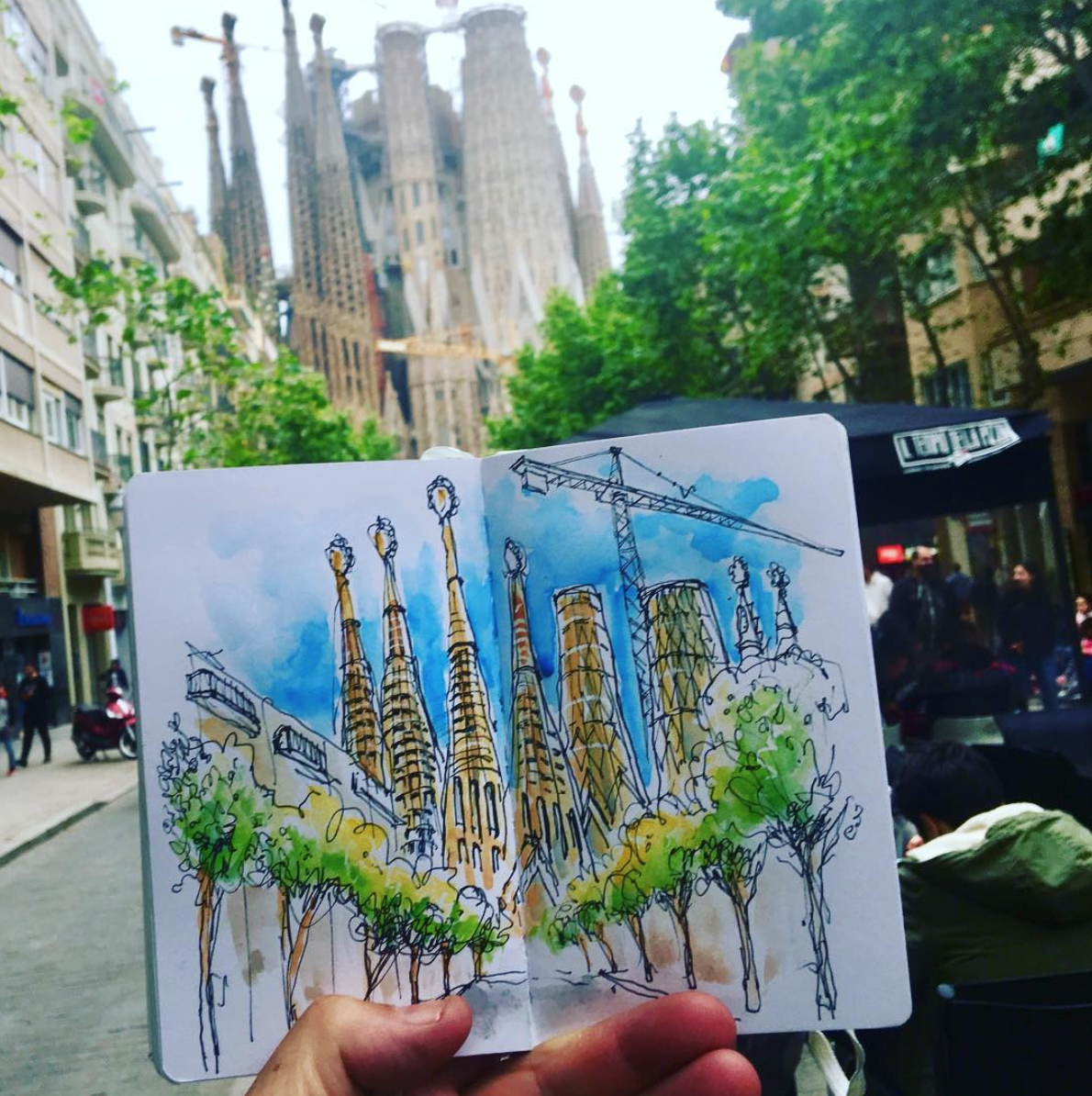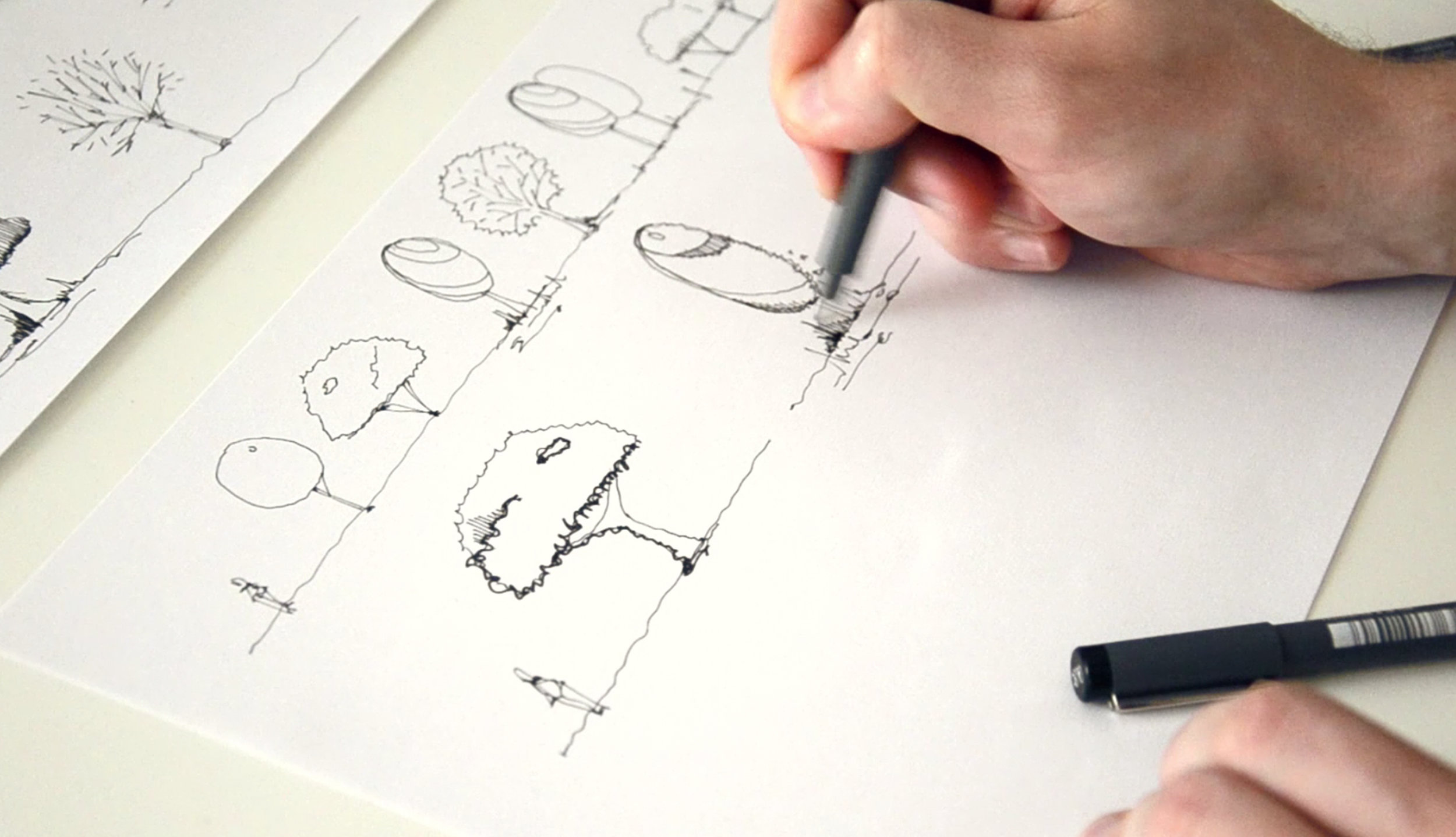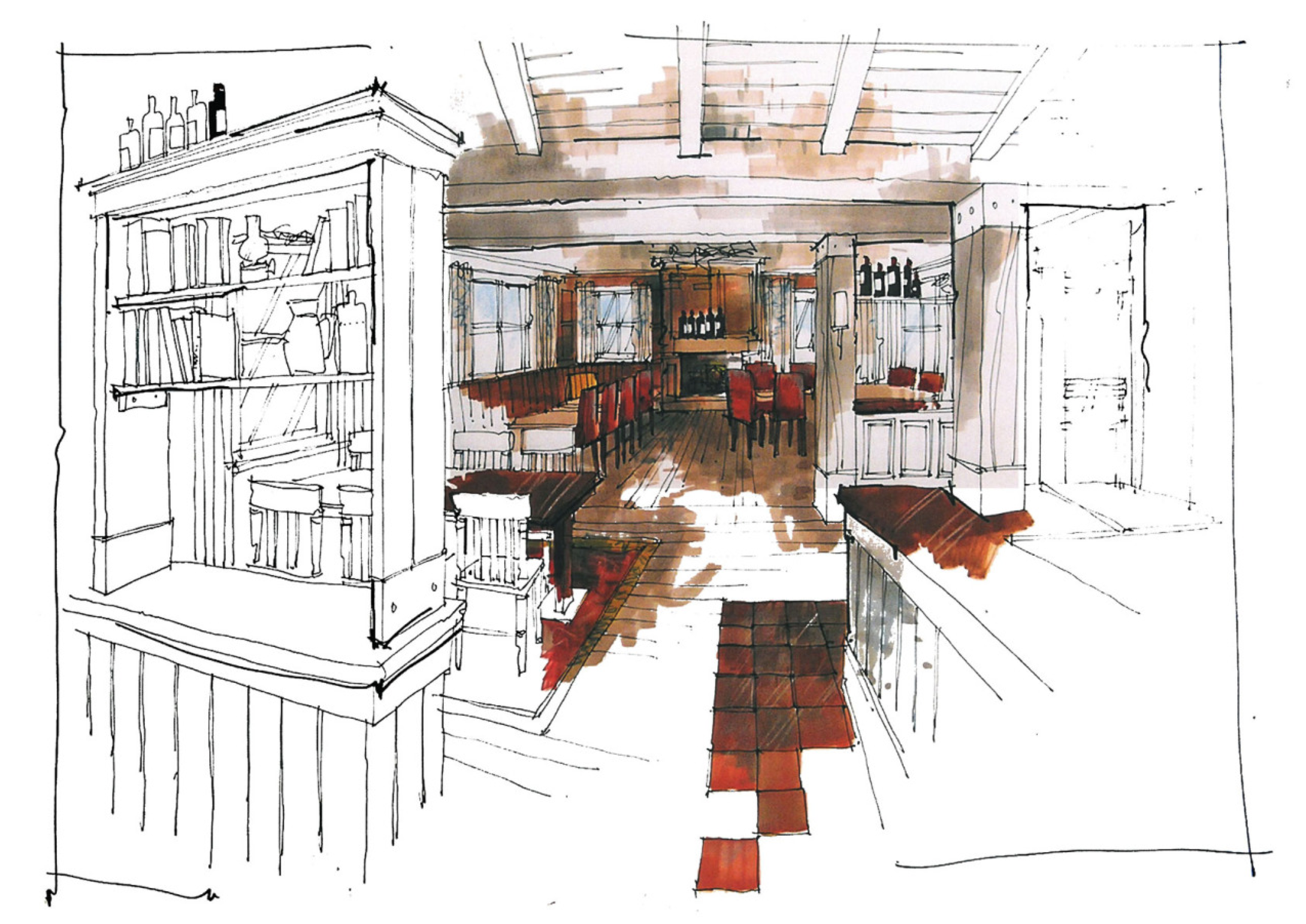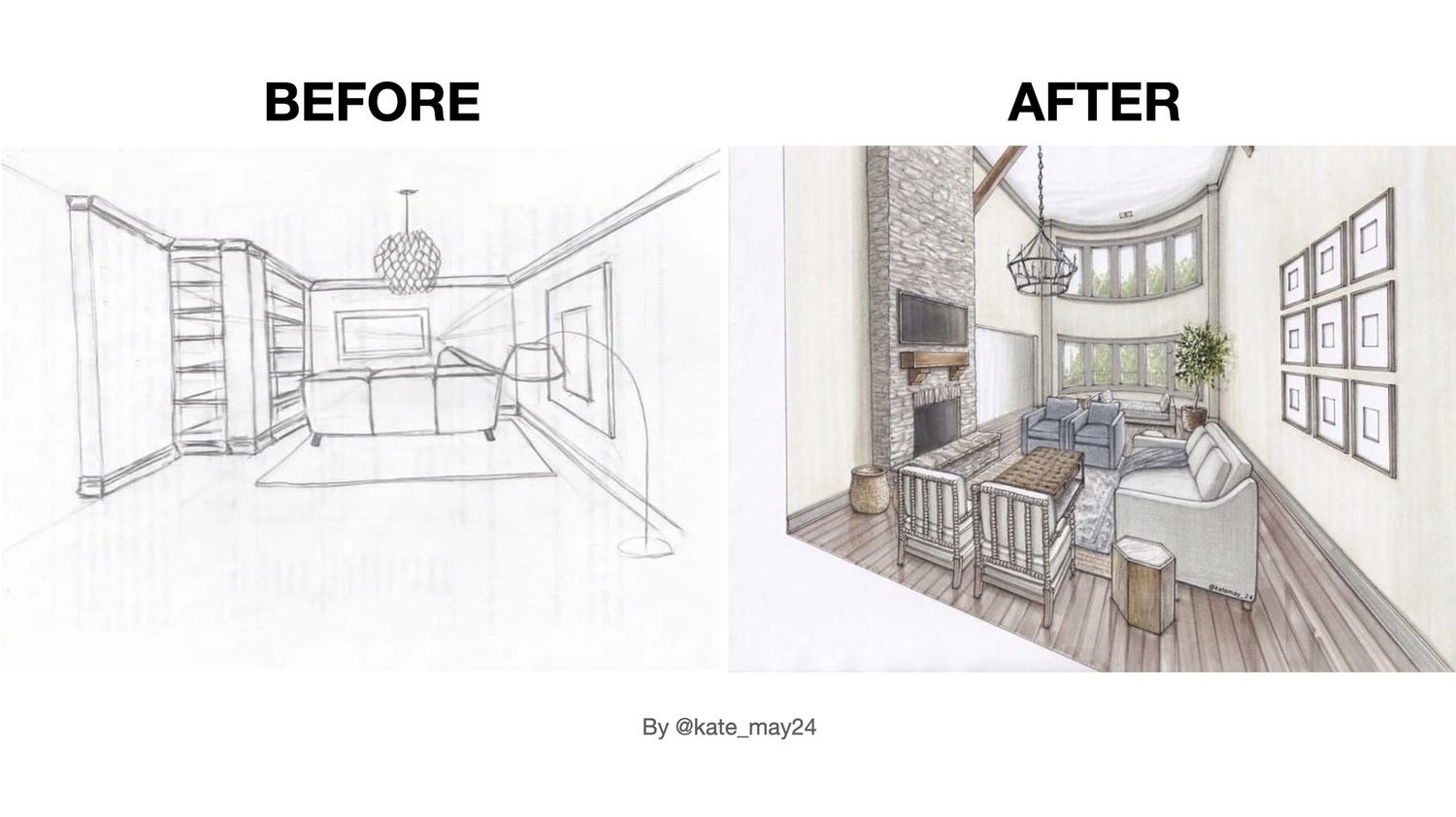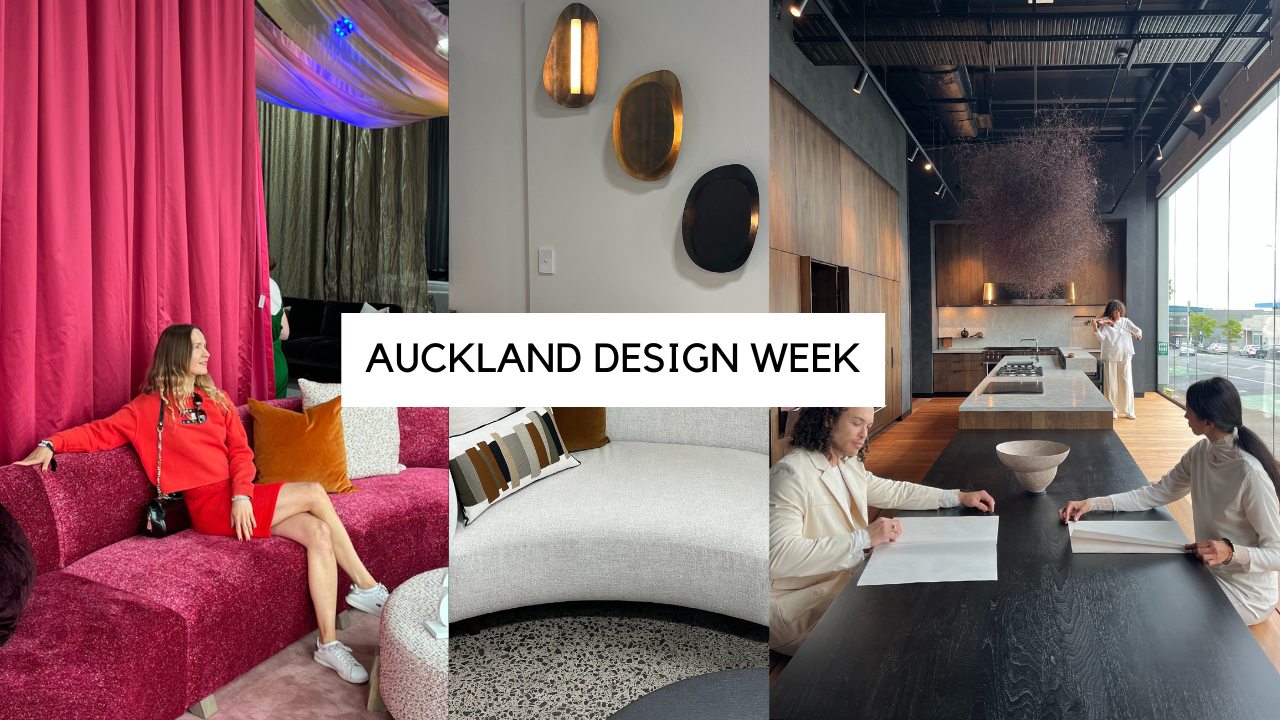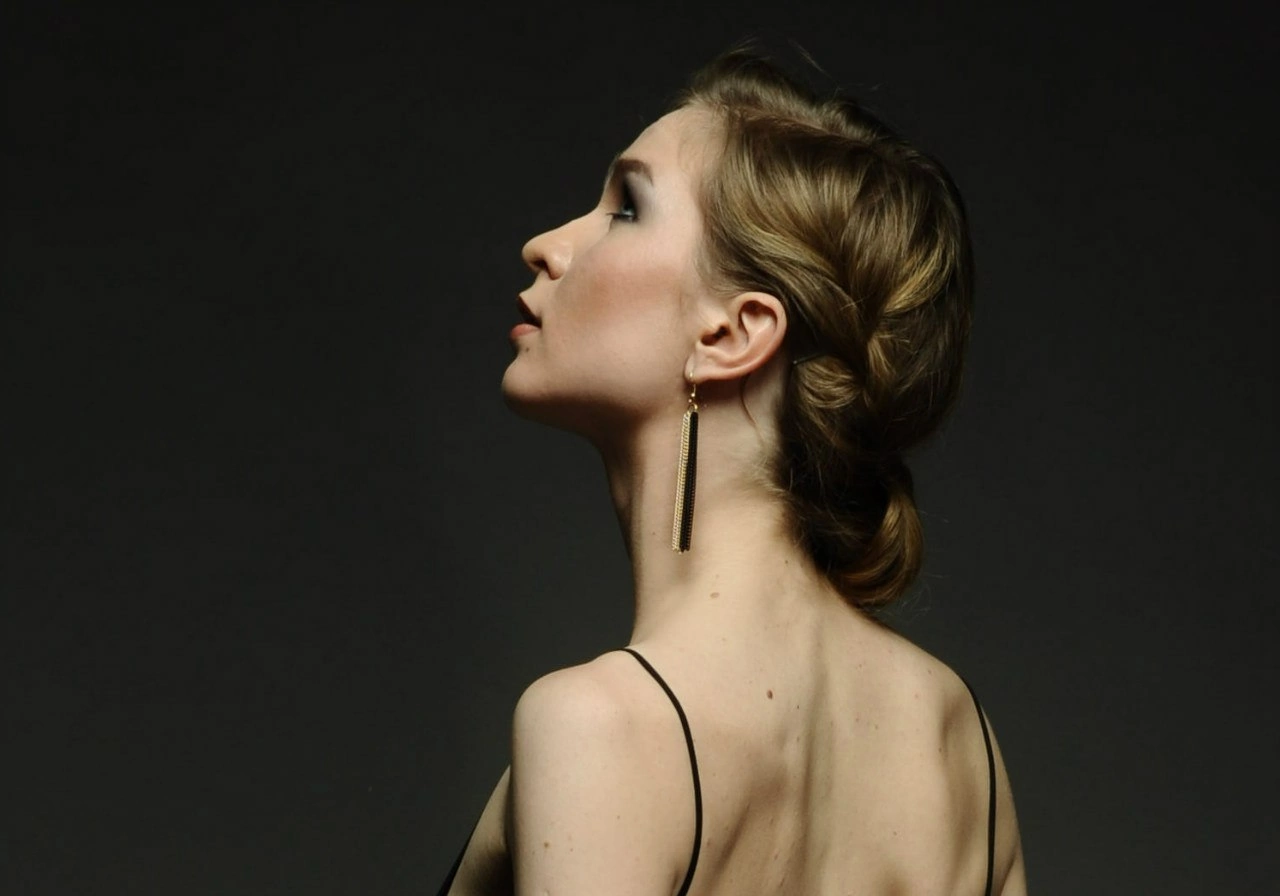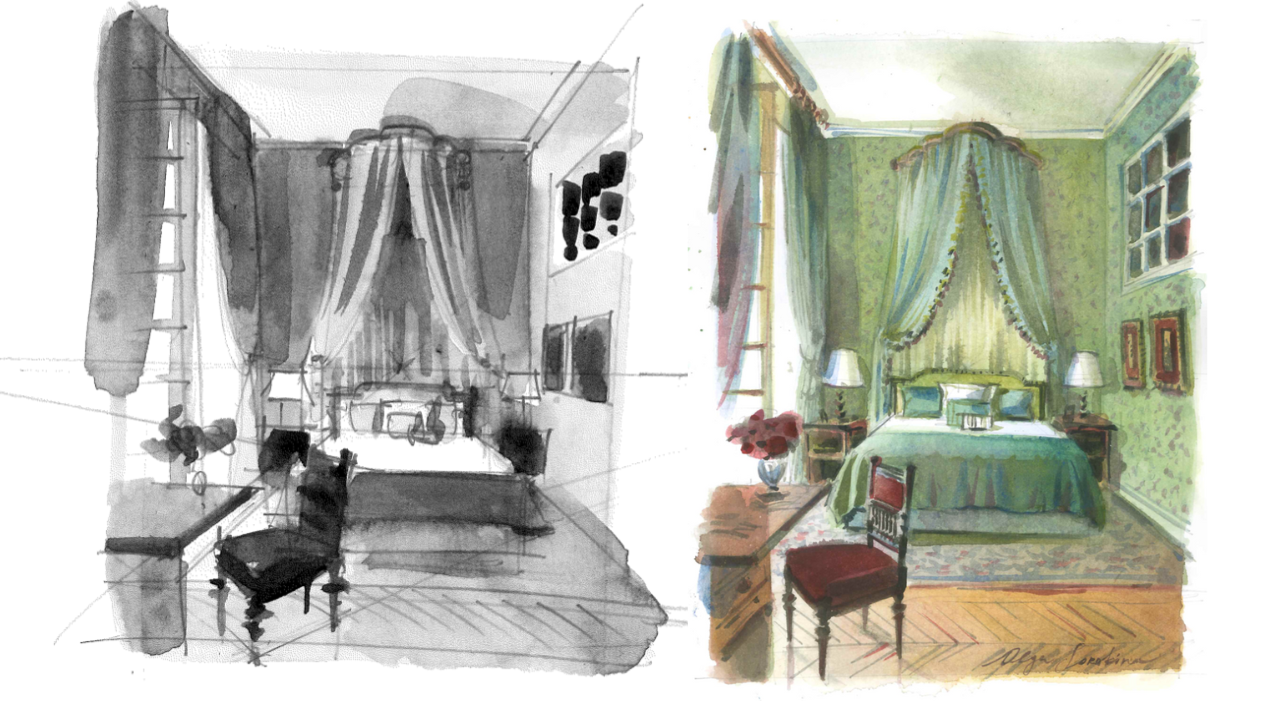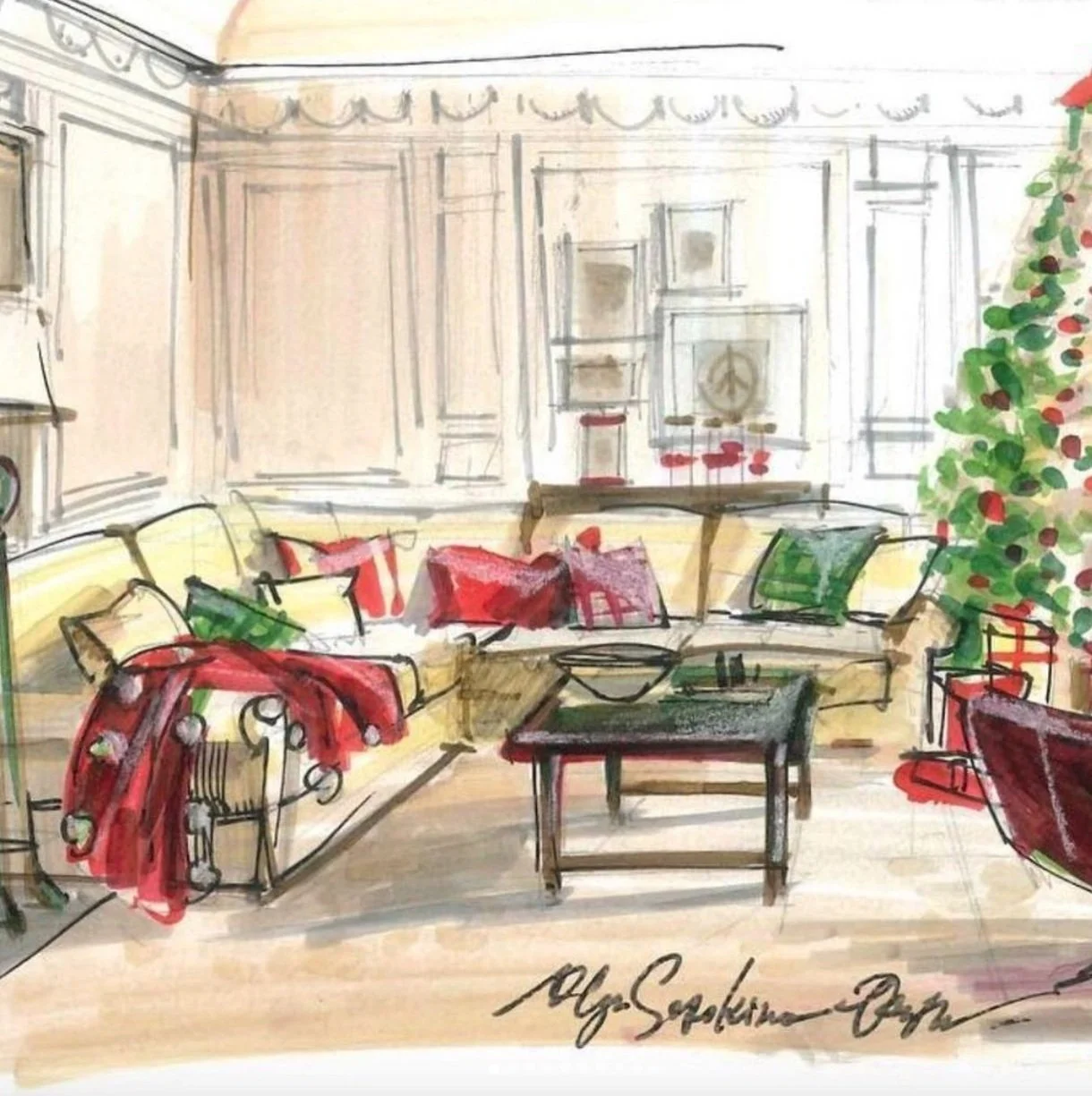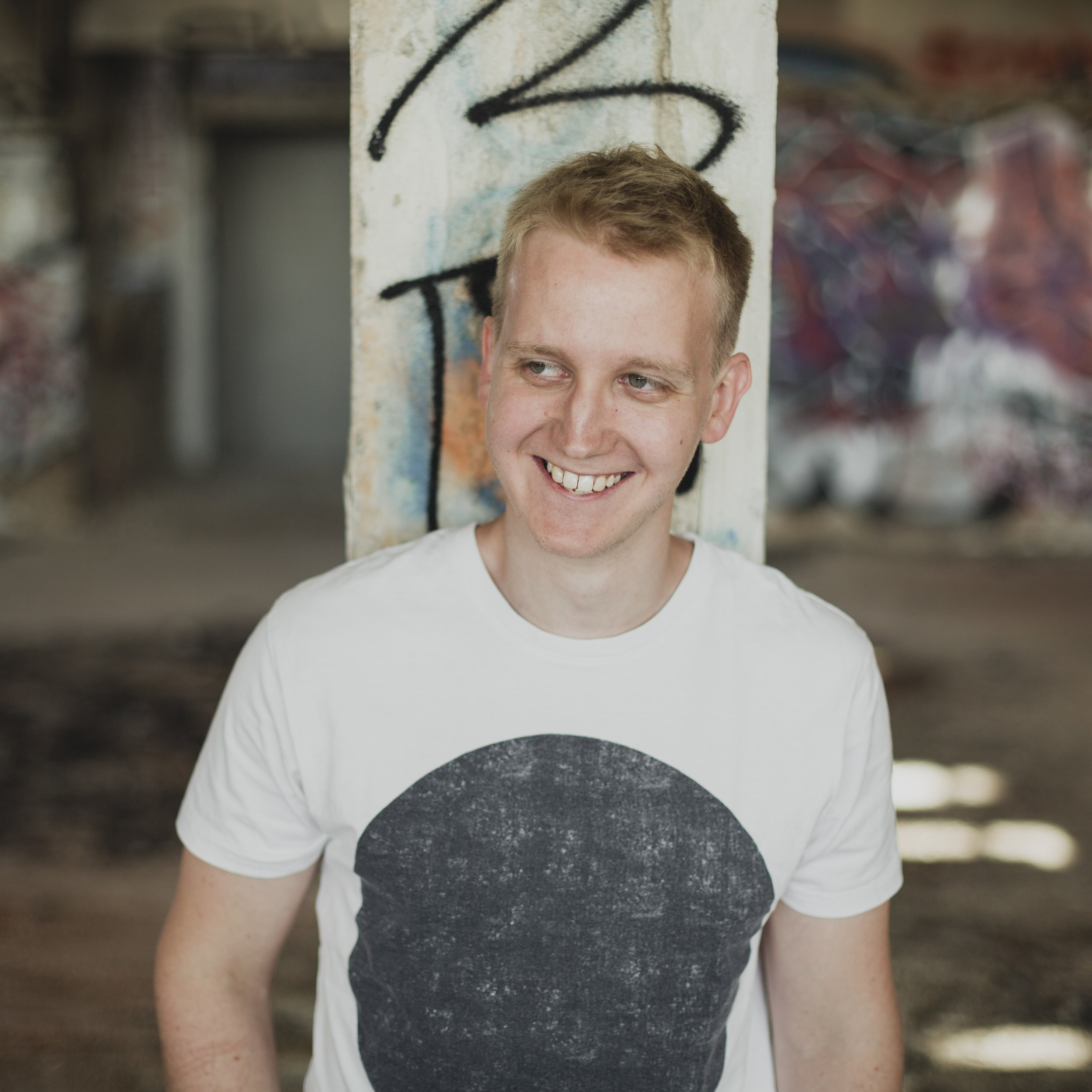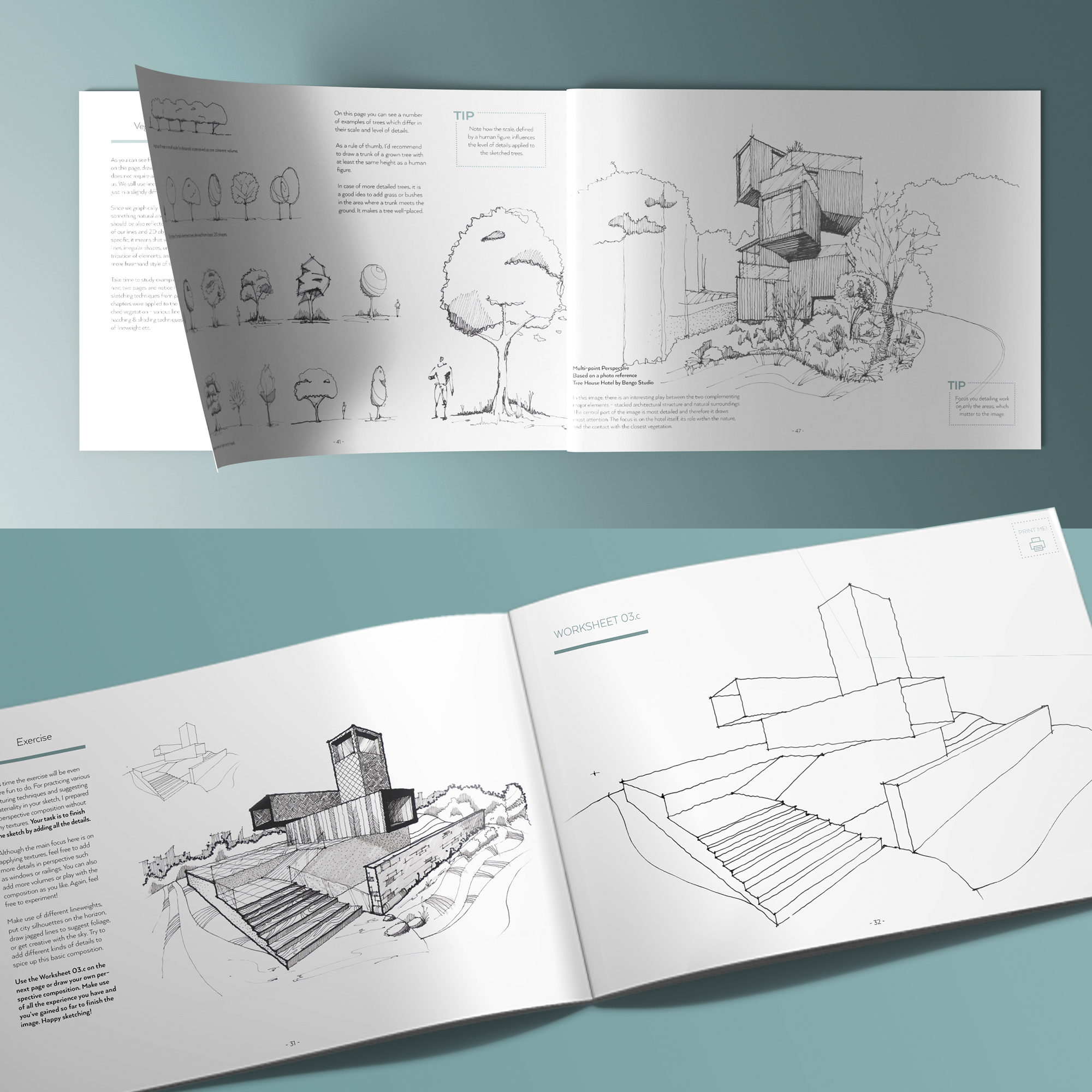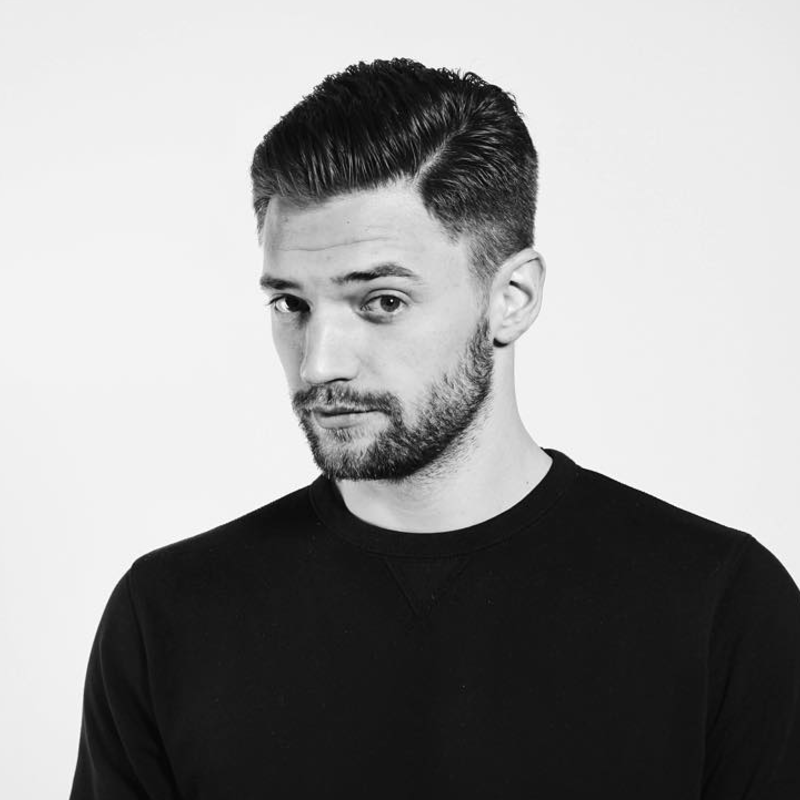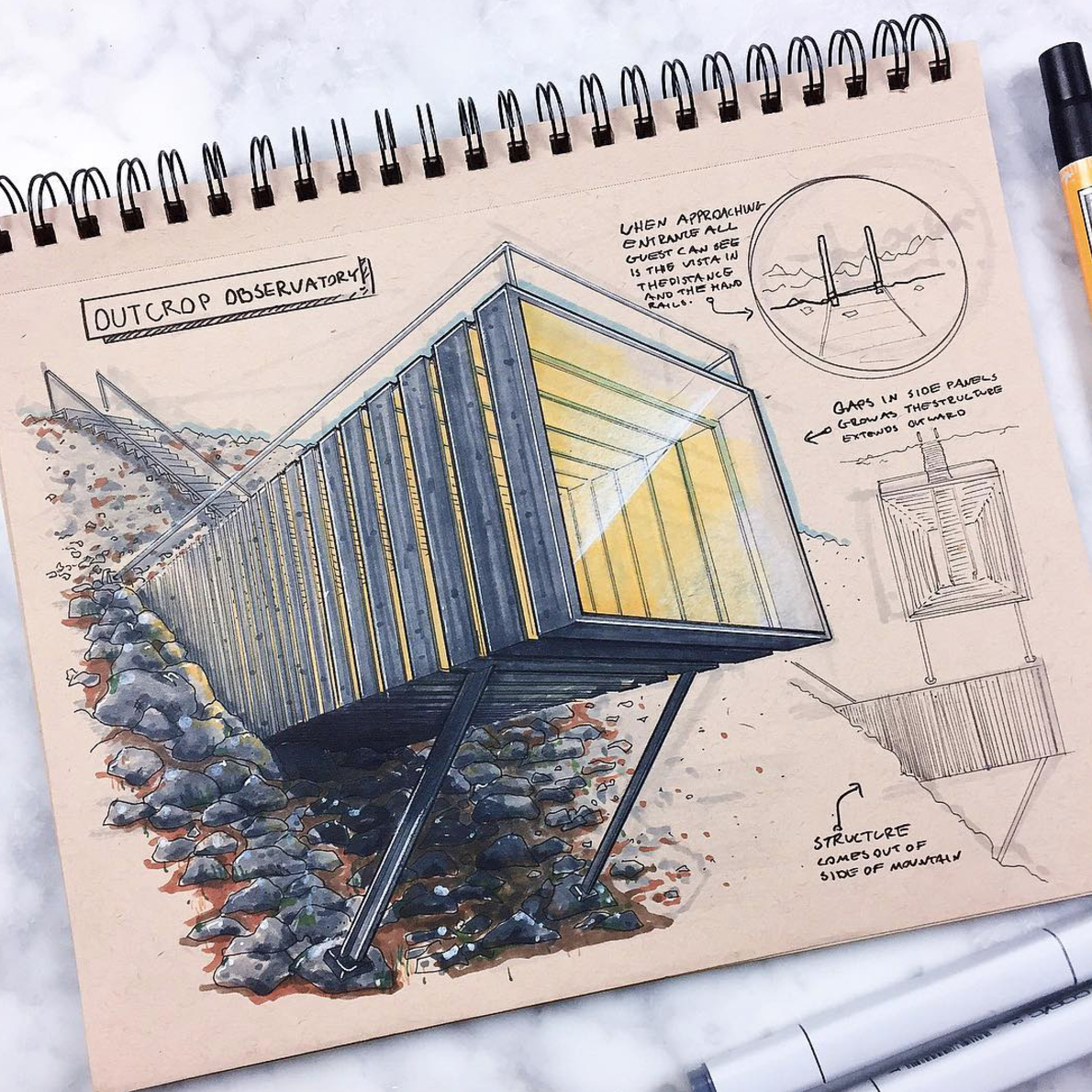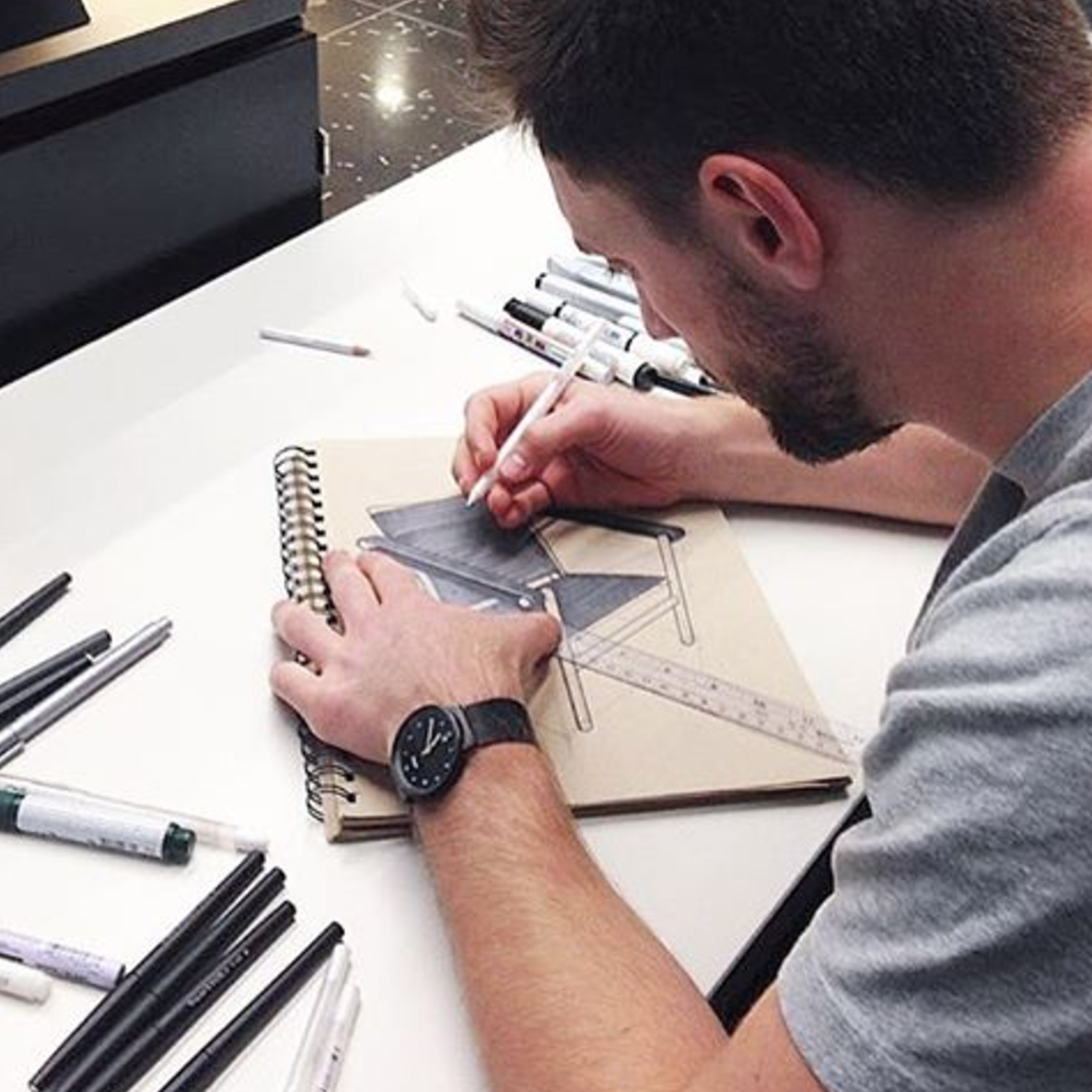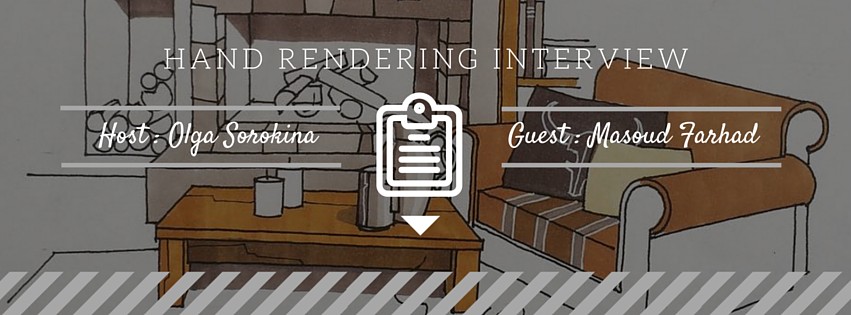Palladian villas, obsessive sketching, ‘2 sketchbook strategy’, tips on drawing on location, and so much more — all in this igniting interview with our today’s guest, Liz Steel. So brew yourself a nice cup of tea/coffee/cacao now and enjoy.
Liz describes herself as an obsessive sketcher who is documenting the narrative of her life while blogging this journey along the way.
She worked as an architect, but her life brought her towards a sketch teacher career. By now, our guest has been teaching sketching on location, while traveling, and blogging her adventures for more than 10 years.
Currently, Liz has in her collection around 270 sketchbooks, which grow at a pace of apps 20 sketchbooks a year. Her art, and her teaching, are all about capturing the moment, sketching now, being in the present, and enjoying the process along the way.
In this interview, we are talking architectural design sketching with a rebellious twist, composing pages in a sketchbook, and about those beautiful conversations that are happening when you sketch on location.
“I sketch my life and share the adventure.”
Liz’s sketch of Palladian villa
Here are a couple of other topics we have touched upon:
How to fit sketching into your daily routine
What to answer if someone is criticizing your drawing
An incredibly efficient technique of indexing your sketchbooks.
Must-read books and essays on architecture
…And of cause, you will learn more about those fancy iconic teacups sketches you might probably have seen on Liz’s Instagram.
“A sketch is an art form in itself.”
Here are some of the questions we’ve covered:
1. Could you please tell us who Liz Steel is? What's the story behind what you do?
2. Please tell us about your 2 sketchbook strategies.
3. How do you index your sketchbooks?
4. Let's talk Palladio. Could you please tell us about your projects on that topic? Sketchbooks, blog articles on Palladian villas, live workshops, I know you do them quite regularly in Europe, for example Palladian Odyssey which is used to be in May/June.
5. Liz, please tell us about your new course — Sketchbook Design
6. What one piece of advice would you give beginners in watercolor and newbies at sketching on location?
Please let us know in the comments below what was your biggest takeaway from this Zoom chat.
Also, if you have any questions, do not hesitate to write them down below to address them in my following interview with Liz.
Interview with Liz Steel by Olga Sorokina.
P. S. Please share this inspiring interview with your creative friends, they will be glad you did. Thanks in advance!
